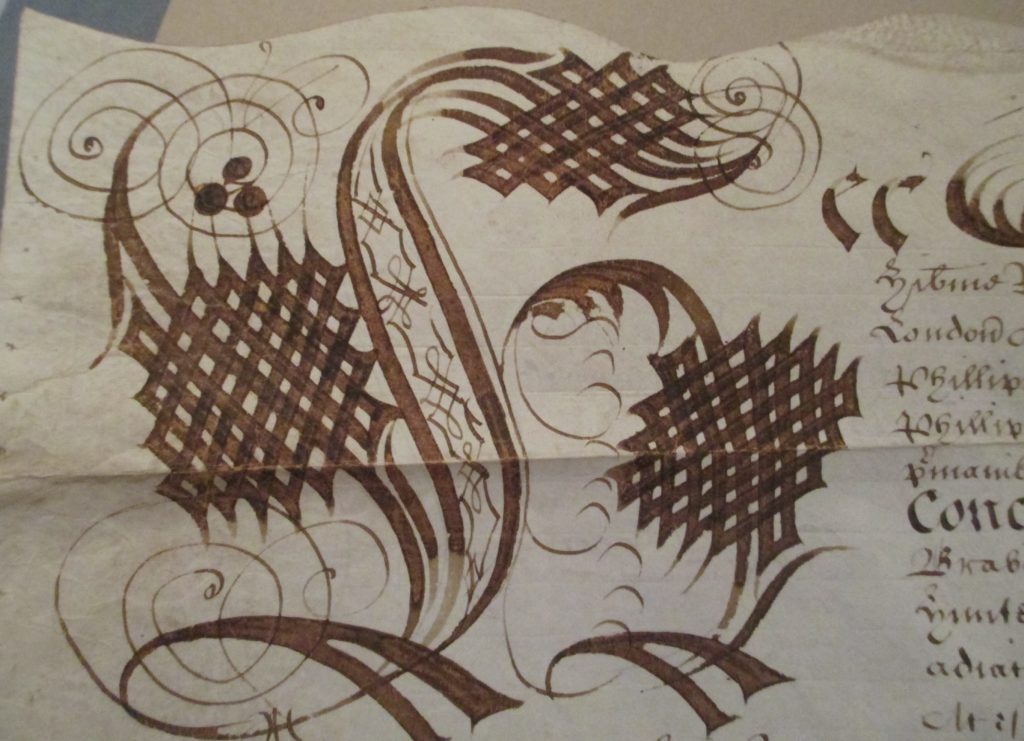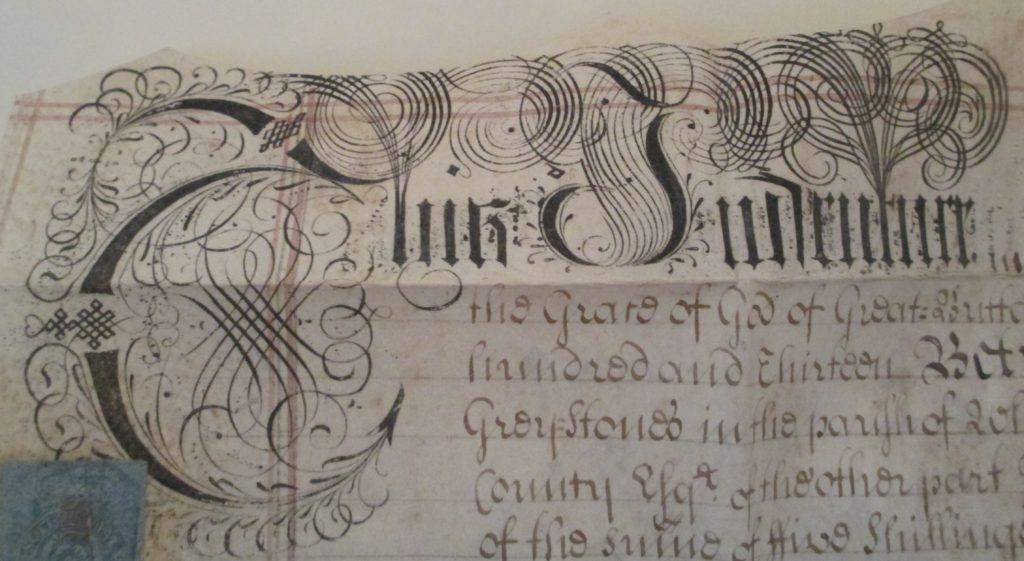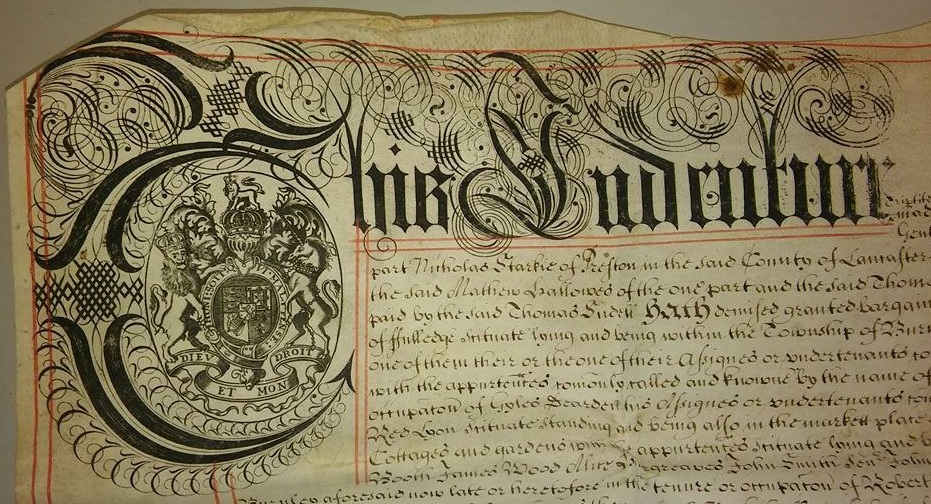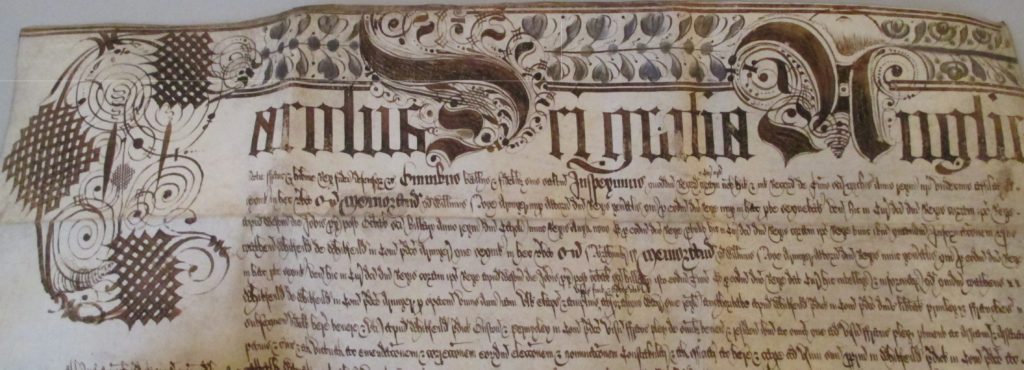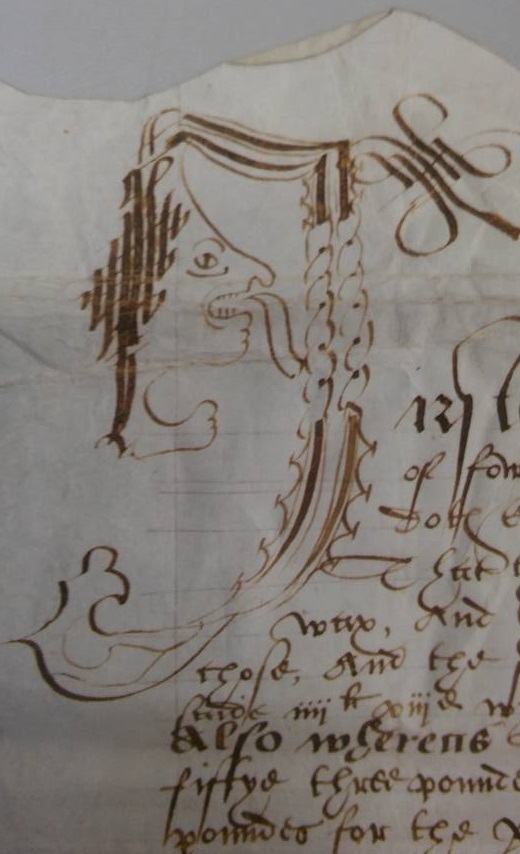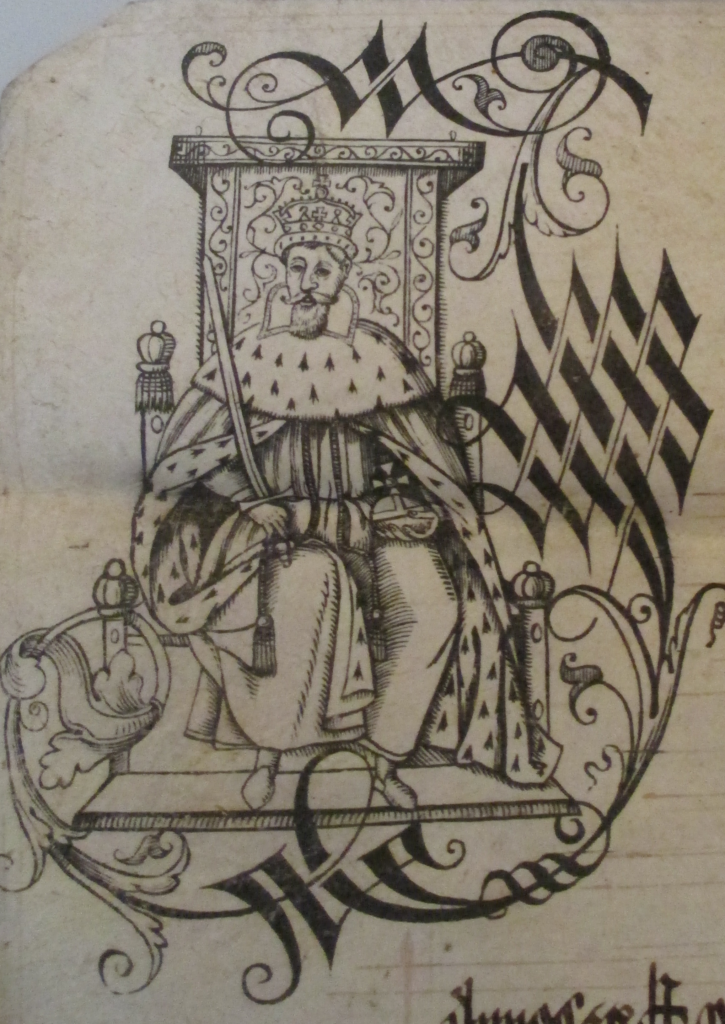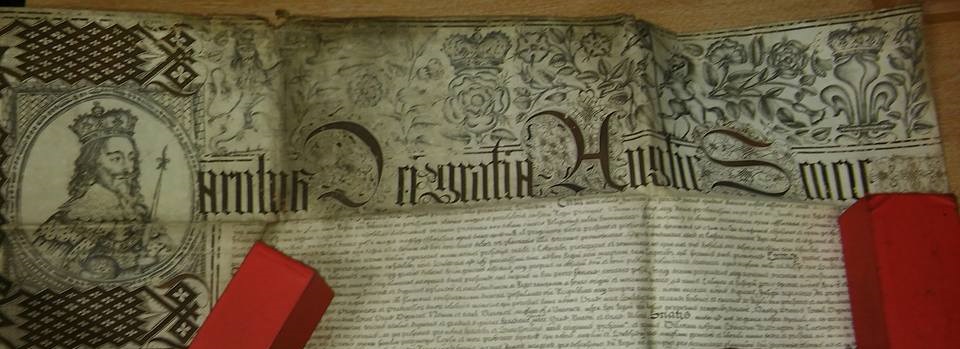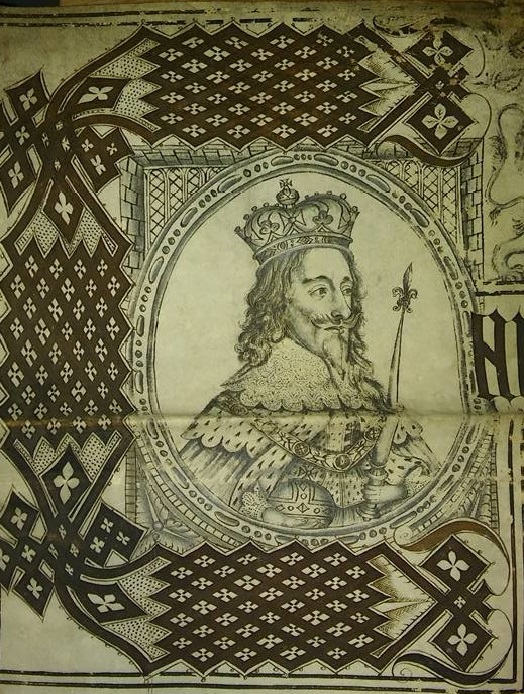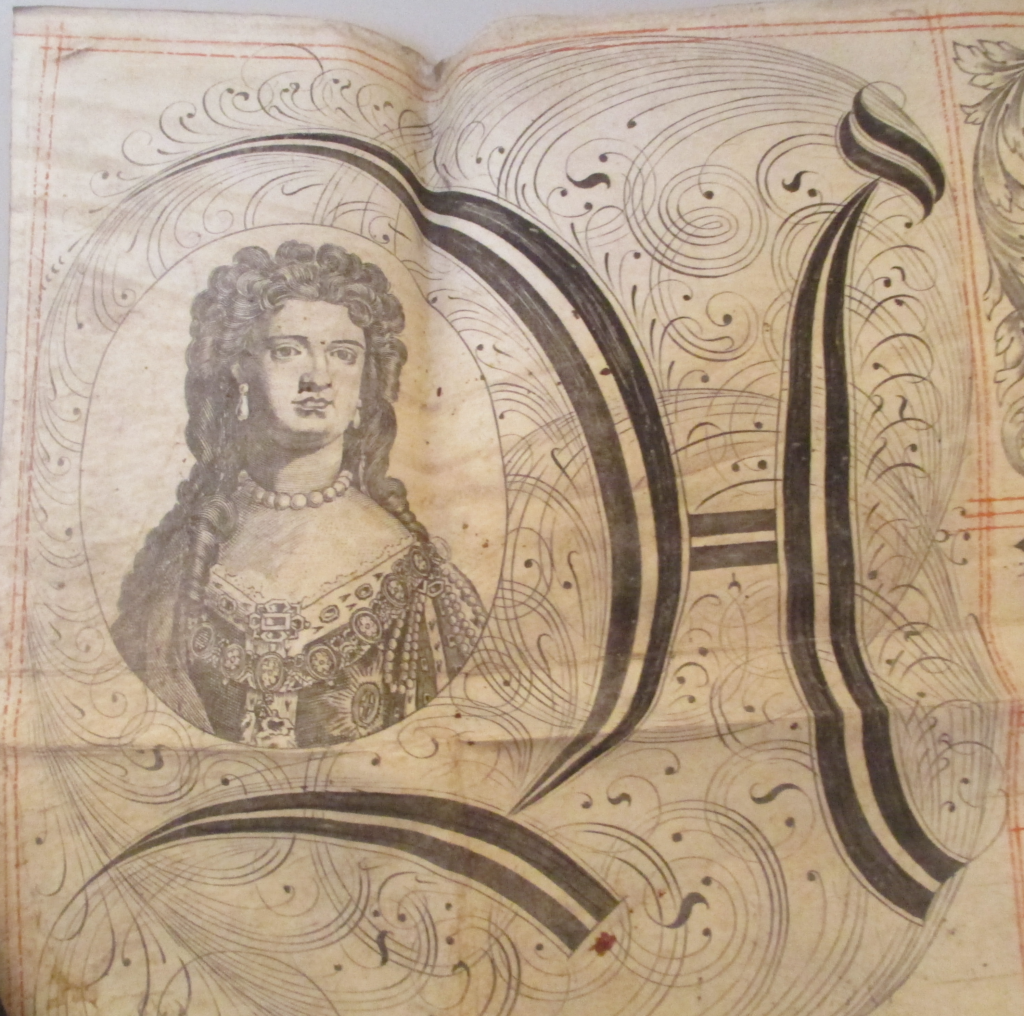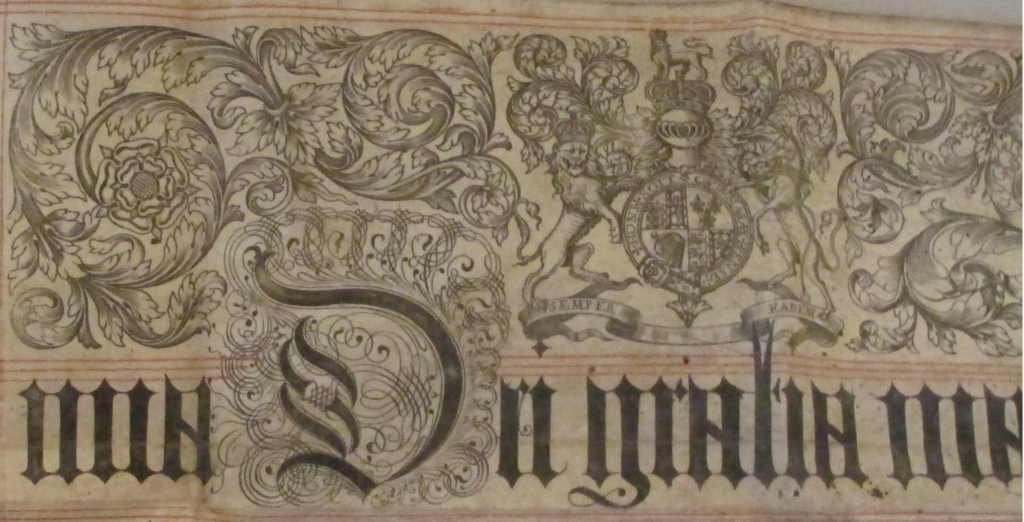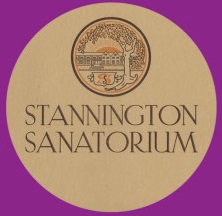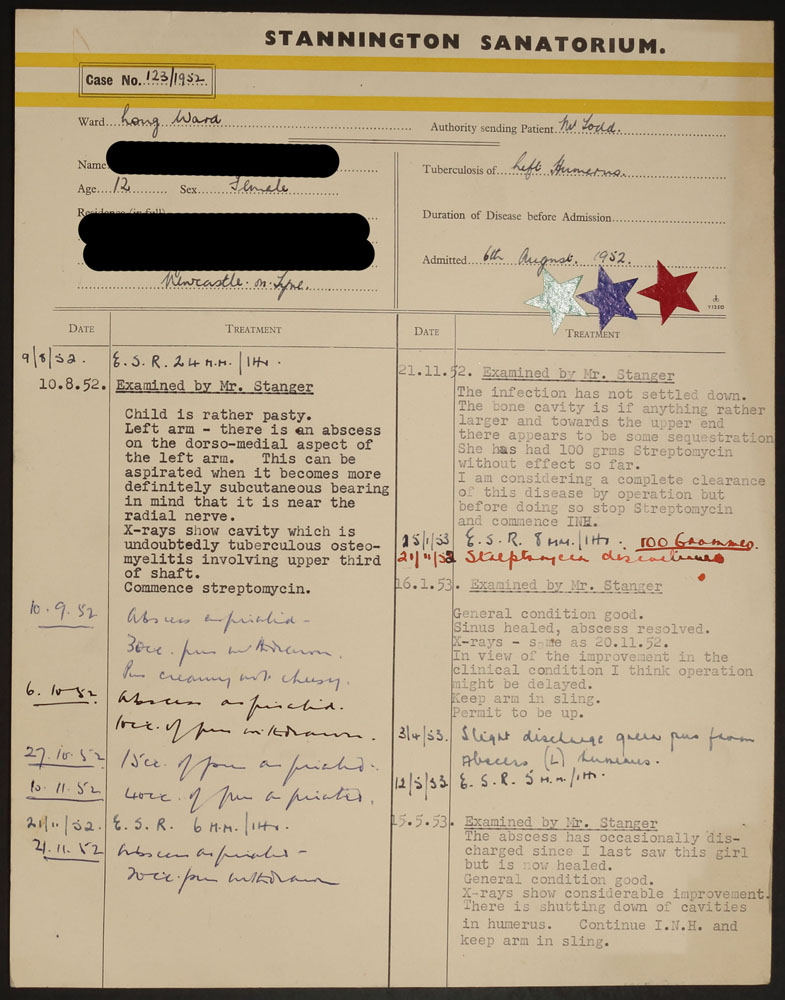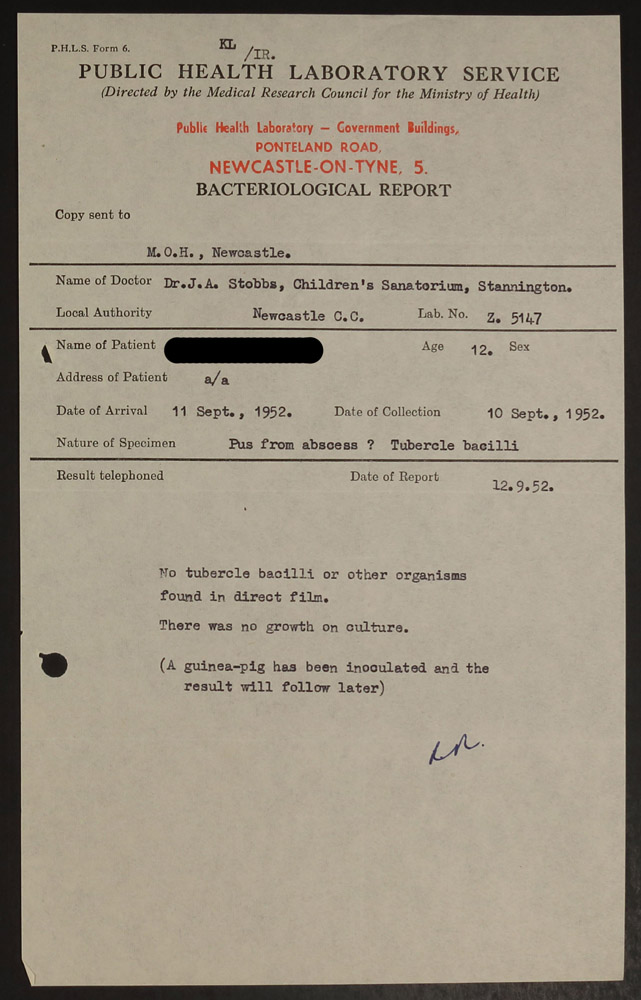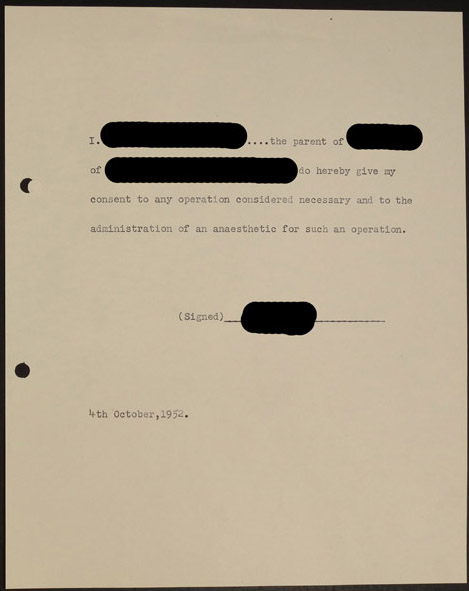In the winter of 1855 Messrs. Smith and Appleford were executing a series of contracted works on Alnwick Castle. During the works large quantities of lead went missing and James Forster, a mason working for Messrs. Smith and Appleford, was accused of the crime. He was incriminated by a great quantity of lead found buried in his garden “under suspicious circumstances” by a policeman named P.C Marshall. Following a further search James was also charged with stealing a wedge and piece of zine from his masters.

James was 54 years old at the time of the theft. He had a wife, Marjory, and two children, Jane aged 19 and William aged 9. James was prosecuted for the theft by Hon. A Liddell and defended by Mr Blackwell. The contractor’s foreman and blacksmith were called to identify the wedge and piece of zine recovered from James’ person, but neither could positively confirm whether these were the missing articles. On this count James was found not guilty. He was then tried for “stealing three stones and a half weight of lead from the roof of Alnwick Castle, the property of his Grace the Duke of Northumberland.” According to newspaper reports “the lead in question was lying on the roof of the Castle, tied up in bundles, and the prisoner was observed by the foreman of the masons to go to one of the bundles and cut off a piece of lead, which he placed in his left jacket pocket.” The foreman immediately reported this to the contractors’ overseer and James’ premises were searched by PC. Marshall that same day. James was sentenced to six months hard labour for this crime.

In 1861, six years after the theft, James and Marjory were residing in Clayport Street with their unmarried daughter Jane (now a dress maker) and Marjory’s mother Jane Spours (aged 80). Jane the elder was listed on the 1861 census as being an Innkeeper from Ellingham. She was also familiar with the law, having been fined in 1857 for keeping her public house open and “selling exciseable liquors during prohibited hours on Sundays.”

The Forsters had been living in in Clayport Street since at least 1841, where they are listed in the census alongside their four young children:
Martha, then aged 12.
George, then aged 10.
John, then aged 8.
Jane, then aged 6.
Also living in the street in 1841, although not in the same property, was the 60 year old Jane Spours.
Another Forster child, who died in 1841 and most likely before the census, was Robert Spours Forster. He was less than a year old when he became the first Forster to be placed within their family burial plot in Alnwick. In 1849 George Forster, James’ eldest son, also died and was buried in the plot. He was followed in the same year by a third child, Eleanor Forster, who was seven years old. Martha, the Forster’s eldest daughter, became the fourth child to go to the grave young, dying in 1851 aged twenty-two. She was followed by her paternal grandmother, Ann Forster, aged eighty. Finally, in 1863, Jane Spours, the ever-present matriarch, was buried in the plot aged eighty-four.
Having such a large family to feed, and losing so many children in quick succession, may have driven James’ to extreme lengths – including stealing from his own employer. James and Margery’s death dates are not clear, but they were interred in the family plot with their children and mothers.
This blog was inspired by a document found within the Dickson, Archer and Thorp papers outlining the crimes of James Forster. We would like to thank the volunteers who have cataloged and researched this piece.



